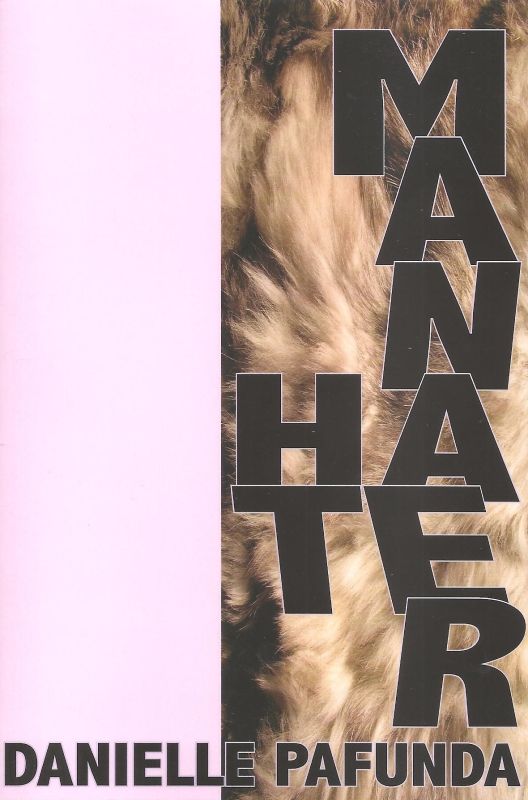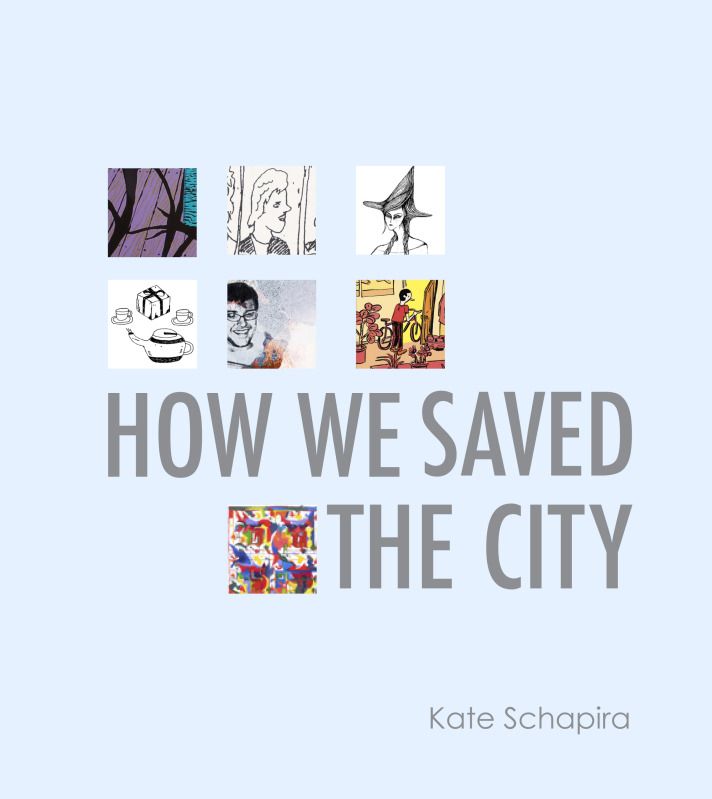One could easily mistake “Mommy V,”
the 17-page sequence that opens Danielle Pafunda's Manhater (Dusie Press Books, 2012), as an off-shoot of the pop culture vampire-craze fueled
by the Twilight series
and its Buffy the Vampire Slayer
fore-bearers. The fact that the Mommy character “opens just wide
enough / to start the black wings rattling” (15) while “looking
for a likely bleed, a gush suck” (12) certainly does engage this
contemporary phenomenon. But “YA hotlings” (12) and those who
place too much stock in these cultural touchstones might miss a more
direct connection: Sylvia Plath's poem “Daddy,” which concludes
with the stanzas:
If
I've killed one man, I've killed two–
The
vampire who said he was you
And
drank my blood for a year,
Seven
years, if you want to know.
Daddy,
you can lie back now.
There's
a stake in your fat black heart
And
the villagers never liked you.
They
are dancing and stamping on you.
They
always knew it was you.
Daddy,
daddy, you bastard, I'm through.
The
speaker of Plath's poem kills her vampire father with a stake to his
“fat black heart” because he “drank [her] blood for... / Seven
years.” Pafunda, in turn, re-imagines Plath's speaker, also a
vampire, as an adult on the verge of motherhood. In many ways, the narrative of Manhater speaks to Donna Haraway's concept of cyborg writing, wherein writers
seize “the tools to mark the world that marked them as other. The
tools are often stories, retold stories, versions that reverse and
displace the hierarchical dualisms of naturalized identities.”
Plath's
daughter can only berate and chastise the memory of her deceased father.
By writing a sequel to “Daddy,” though, Pafunda provides the
daughter-now-mother with a more corporeal agency in her relations with men. And
how does the updated story of a blood sucking mother-to-be alter
those relations? “Mommy V” does this, mostly, by having the
protagonist cruise a “barren fuckscape” on a fabulous death-sex romp. Take, for instance, the following passage:
In
the park, she meets a man
who
smells like the trunk of a beater.
Mommy
gives him a sure thing.
She
gives him her favorite disease.
And
death. (16)
Soon
thereafter, Mommy meets another unsuspecting gentleman:
The
flaneur stud shakes toward her.
Off
the path for a piss, too cool
and
fatted about the skull.
When
Mommy's full, she's bored. (17)
Of
course, satiating her snuff-based libido isn't all its cracked up to
be. In fact, “Mommy hates sex, but she likes to orgasm” (21). The
desire for sexual pleasure, it appears, outweighs her disdain for the
act of sexual intercourse; but, perhaps, the killing of her sexual
partners mitigates the tension of these conflicting drives.
The
subsequent sections of Manhater
function, to some extent, as sequels and spin-offs of “Mommy V,”
examining more thoroughly grotesque, corporeal imagery. The “In
This Plate My Illness...” series explores Mommy's “favorite
disease” and the treatments she undergoes. For example, in one poem
Pafunda writes:
It
was a traumadome
and
a mummy cage.
I
hooked electrodes to the linen.
These
frothed and burned me
and
I became beautiful.
But
far too soon thereafter
fat
with suet, my seams split.
Out
seeped all the jolly worms
I'd
been hoarding. (33)
Pafunda offers image after image of a body deformed and damaged,
“frothed and burned,” split open and seeping “jolly worms.”
But in these grotesque images, the female body becomes “beautiful”;
at least to the extent that the poet, through her poems, creates and
champions a non-normative body and an idea of beauty on her own terms. Pafunda, very literally, takes Haraway's concept of story-tools, whether “electrodes,” a “vice of knives,” or a
“fucked instrument” (32), and marks the female body in order to
reform both it and the world.
“The
Desire Spectrum Is Dead To Me Now,” which concludes the collection,
combines elements of the first two sections over the course of a
sprawling, 21-page poem. It begins with a similar invocation of
tool-based imagery:
Which
of these do you want in you mouth?
Petroleum
hack cake, wire hanger,
rusted
piston, or silicone stopgap?
This
is a stick-up, an insomnia drill. (43)
Then
proceeds to moments of violent sexual relations:
Here
is the lover: carved like a mantis.
If
you limb him, they won't stop you.
Here
is the lover: a mouthful of nettles,
bleached
as a baby crab. (44)
That
ultimately prove unfruitful:
I
can't have an orgasm
large
enough to solve my problems.
To
solve any problems. (46)
And, of course, Pafunda continues to offer the reader grotesque depictions of the body:
You
gave me a disease like lyme disease,
which
you put in my thigh with your straw.
You
corpse stunk and puked fashion.
You
stubbed whatever you could
into
whatever I had. (48)
While any label, movement, or school employed by critics
(or poet-critics) to classify poetry should be only accepted
tentatively and with a high degree of skepticism, Manhater
certainly fits the “gurlesque”
moniker, which Arielle Greenberg argues: complicates “the relationship between feminism and
femininity...own their sexuality, wear it proudly, are thoroughly
enmeshed in the visceral experiences of gender...highly
conversational, lush and campy, full of pop culture detritus, and
ultimately very powerful.” Because, yes, Pafunda's book does
complicate femininity, sexuality, and gender through a “lush and
campy” fuckscape saturated in “pop culture detritus” and
“penumbral scuzz” (61).






